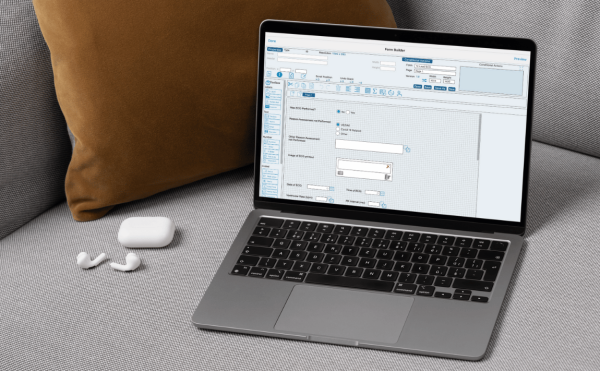Research shows electronic participant reporting yields higher quality data and better participation rates than paper-based diaries and that ePRO elicits significantly greater subject compliance, sometimes as high as 97%. A number of factors contribute to a research team’s decision-making process for choosing a clinical trial data collection tool. For those who have always conducted their studies on paper, the cost of electronic data capture software may appear intimidating and out of budget; however, looking beyond the start-up cost of a new software system will reveal that it’s a long-term return on investment. Busy professionals may also take into consideration the learning curve associated with adopting new technology. Hesitancy to commit time to learning a new software system and distrust of tools researchers aren’t familiar with proves to be another deterrent of making the jump to EDC.
If you’re on the fence about choosing to use electronic data capture software to conduct clinical trials in the future, consider the following downfalls of building and managing studies using spreadsheets and paper.
1. No regulatory environment
In order to submit your findings to the FDA or other regulatory entities for approval, data will need to meet a number of regulatory requirements, including 21 CFR Part 11, HIPAA, and more. An audit trail that details the reasons for change throughout your data collection is also an important element of maintaining regulatory compliance. Many electronic data capture (EDC) systems have an audit trail feature, while paper-based and spreadsheet methods make it incredibly difficult to track all changes to the data. EDC systems that have been validated by a third party audit can eliminate any concerns you may have about the compliance of your data.
2. More difficult to prevent and detect errors
Edit checks are another functionality absent in paper-based and spreadsheet data collection and study management. Data entry mistakes resulting from human error are inevitable, but can easily be corrected with the aid of an EDC system. Although Excel formulas offer an elementary level of validation, missing or incorrect data may still be overlooked. EDC systems like TrialKit enable you to incorporate edit checks directly into eCRFs, firing queries and sending targeted notifications when any user-defined event has occurred, such as adverse events, new enrollments, or protocol deviations.
3. Restricted reporting options
Manual report building and paper-based data management go hand-in-hand; therefore, the depth and breadth of your reporting options is very restricted. It can also be more painstaking and time-consuming, depending on the resources and time you’re able allocate to the report-building process. EDC systems like TrialKit will generate an array of reports in multiple formats, saving you time on an otherwise tedious task.
4. Lack of data security
Data security and integrity is an understandable concern in the clinical research industry, and data not housed in a secure data center/server runs the risk of being compromised. EDC software often contains a role-based security functionality, so permissions and user roles are highly configurable to ensure authorized users only have access to data. TrialKit has a session timeout feature as an added level of security – something that isn’t possible with paper documents and spreadsheets.
5. Multi-user and multi-role simultaneous data entry not possible
When running a study in Excel or on paper, you’re severely limited on the number of hands that can work with data simultaneously. Further, operating with multiple spreadsheets, documents, and versions can lead to discrepancies and misplaced data. EDC software empowers research team members to input, edit, and review data in the system at the same time; additionally, some platforms – including TrialKit – offer an ePRO solution in which study participants can electronically access forms and input their data. Cloud-based systems in particular can allow users to view updates and changes real-time, which is unachievable via spreadsheet or paper.
6. Limited to only data entry capabilities
Lastly, building and managing your study in Excel or on paper means you’re capable of only data entry and revision. A myriad of features and functionalities that streamline and optimize study workflow are available in solutions like TrialKit, including randomization, scheduling, product tracking, payment tracking, normal lab ranges, and medical coding.
If you’ve ruled out an EDC system in the past due to budgetary constraints or lack of programming knowledge, TrialKit removes those barriers to more efficient clinical trial data management. Our flexible pricing structure and intuitive user interface make TrialKit an optimal system for researchers who are new to EDC. Training and online support are provided to help shorten the learning curve substantially. There’s no better time than now to start collecting compliant, higher quality data!




